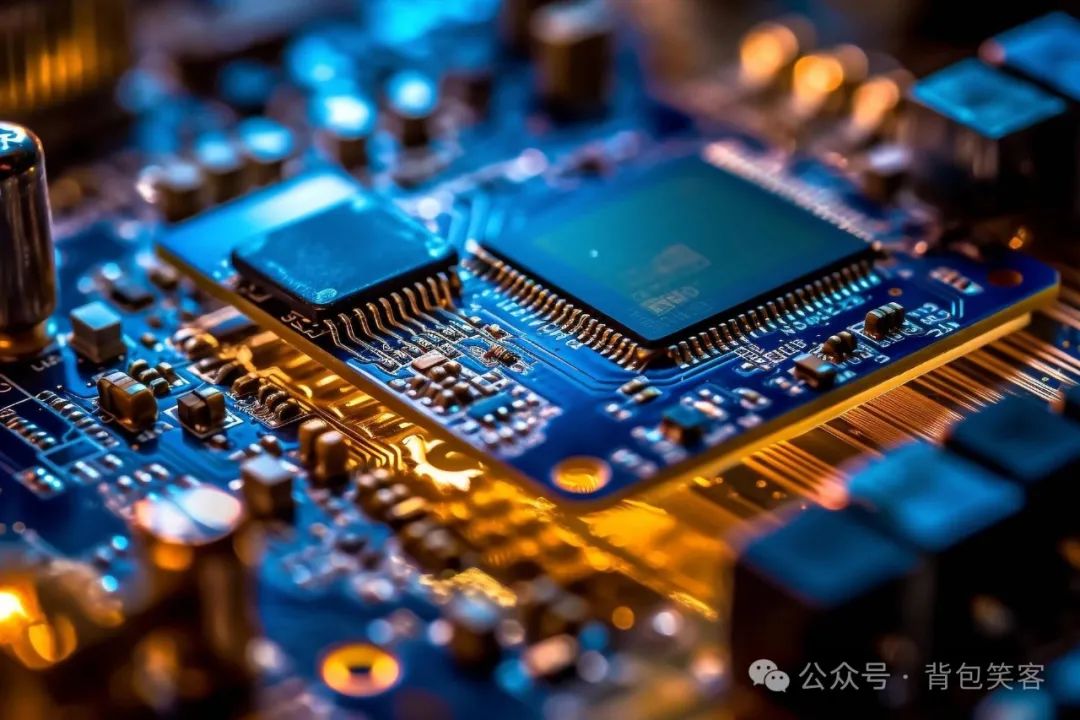PCB Thermal Design: A Comprehensive Analysis from Theory to Practice

Thermal issues are often the “Achilles’ heel” of many electronic products, especially in modern PCB designs with high integration and high power consumption. I remember a project I took on last year for an industrial control board, where the main chip had a power consumption of up to 15W, and the client requested a fanless design, which was quite a headache for me. After repeated testing and optimization, I successfully controlled the chip junction temperature within a safe range through reasonable PCB thermal design. Today, I would like to share some insights on PCB thermal design.
Heat Transfer Mechanisms and Material Selection
Understanding the three basic modes of heat transfer: conduction, convection, and radiation is essential for PCB thermal design. Among these three modes, conduction is the primary method that PCB designers can directly control.
The thermal conductivity of FR-4, a common PCB substrate, is only about 0.3W/m·K, making it essentially an “insulating layer”. To improve thermal efficiency, I often use the following methods:
For medium power designs, use thick copper boards (2oz or higher)
In high power scenarios, consider metal core PCBs (MCPCB)
For special applications, ceramic substrates or aluminum substrates can be selected
In one design for a high-power LED driver board, switching from 1oz to 2oz copper thickness resulted in a nearly 12°C drop in LED junction temperature; such simple material adjustments often yield surprising results.
Copper Pour and Thermal Via Design
Copper pouring is the most common PCB thermal management technique, but simply adding more copper does not solve the problem. The key is to create effective heat conduction paths.
For devices with bottom-side heat dissipation, such as BGAs, my approach is:
Fill the area under the device with copper, connecting it to the internal power or ground plane
Use a matrix arrangement of thermal vias to transfer heat to other layers
The diameter and spacing of vias need to be balanced (too small reduces thermal efficiency, too large affects soldering)
In practice, filling thermal vias with thermal grease or solder can significantly improve heat dissipation efficiency, but it increases costs and process complexity. For products in mass production, this investment is often worthwhile.
Layout and Airflow Direction
Relying solely on passive PCB cooling is often insufficient; proper layout is also crucial. I usually follow these principles:
Place high-power devices as close to the PCB edge as possible for better heat dissipation
Keep temperature-sensitive devices away from heat sources
Avoid clustering multiple heat-generating devices to prevent thermal accumulation
Consider the airflow direction of the entire system and reserve space for heat sink installation in critical hotspot areas
In a communication device project last year, simply adjusting the positions of a few power devices to distribute them and move them closer to the edge reduced the system’s maximum temperature by about 7°C without any additional cost.
Thermal Simulation and Empirical Validation
Modern PCB design cannot rely on experience and guesswork to solve thermal issues. I habitually conduct thermal simulation analysis during the design phase to identify potential hotspots in advance. Of course, simulation results need to be validated through empirical testing.
Using an infrared thermal imager for thermal distribution testing is the most intuitive method. Once, a simulation indicated that a certain area was at a normal temperature, but empirical testing revealed a significant hotspot; it turned out that the actual device power consumption was 30% higher than the specified value. This reminds us to always leave some margin in design and to view specification parameters dialectically.
Summary of Experience
There is no universal formula for PCB thermal design; it needs to be flexibly adjusted based on specific application scenarios. The best strategy is a multi-layered combination: from PCB material selection, copper pouring and thermal via design, to device layout considerations, and, when necessary, adding heat sinks or fans as active cooling methods.
Thermal optimization is a systematic project, and the investment and return must be weighed. Targeting critical hotspots with precision is often more efficient than a broad approach. I hope these experiences inspire your designs!